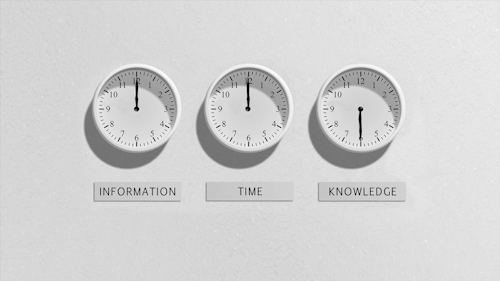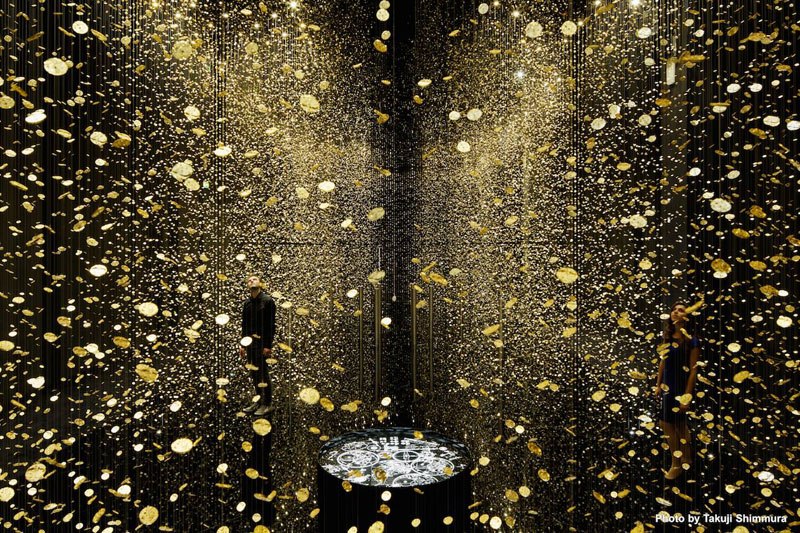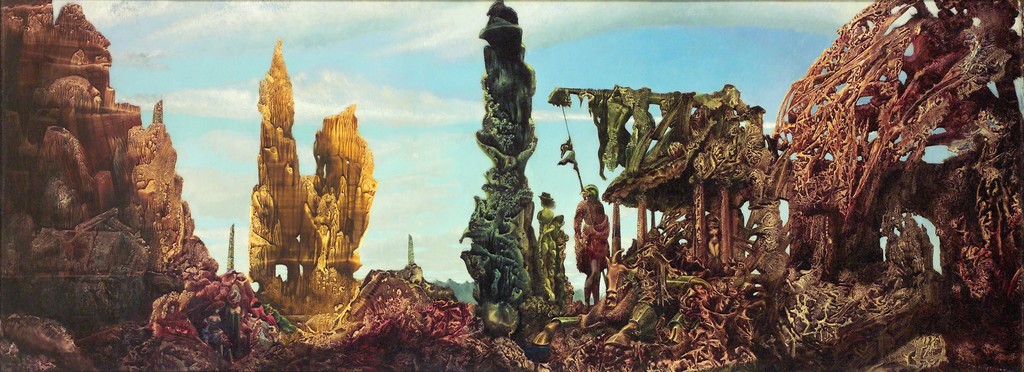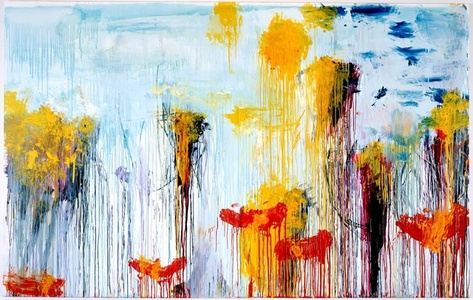Click here for links to other posts: Zine Process | Zine
Research Presentation
Unique selling point
Before this, I had never visited Mount Faber before. So I didn’t know what to expect. However, what captured me the first time I was there were the amazing views of Singapore. One of the best views I have seen in Singapore was from 1-Altitude, which had a panoramic 360-degree view of Singapore. But, the view from Mount Faber brought me back home. As compared to the view from 1-Altitude, I felt that the view from Mount Faber was in a sense more relatable because it showed the everyday humble side of Singapore, rather than the high-end luxurious side. It offered the views of HDBs, condominiums that we as Singaporeans usually see.
Hence, for this project, I decided to focus on Mount Faber’s views as its USP and how Mount Faber’s facilities and infrastructures were structured in a way that centralizes and highlights its view.
Background
How did Mount Faber come about?
Originally named Telok Belangah Hill, in July 1845, the hill was renamed Mount Faber in honour of Captain Charles Edward Faber of the Madras Engineers, who built a narrow winding road to the summit for the installation of a signal station.
Sources from: http://eresources.nlb.gov.sg/infopedia/articles/SIP_29_2005-01-25.html
What is Mount Faber?
- Located in the town of Bukit Merah in the Central Region of Singapore. It overlooks the Telok Blangah area and the western parts of the Central Area
- One of the oldest parks in Singapore
- Covered by secondary forest – “consists of vegetation which have developed after the destruction of the original ‘primary’ vegetation”, definition from Lee Kong Chian Natural History Museum.
- Park size: 56 hectares
- Elevation: 106m above sea level
- Third highest hill (the highest hill being Bukit Timah Hill, second Bukit Gombak)
- Opens 24 hours, park lighting times: 7:00 pm to 7:00 am daily
Sources from: https://www.nparks.gov.sg/gardens-parks-and-nature/parks-and-nature-reserves/mount-faber-park
How to get there?
By car:
The summit is accessible by Mount Faber Road or Mount Faber Loop via Morse Road
By walking/hiking:
The main paths are,
Marang Trail which leads from Marang Road at the Harbourfront MRT station (Exit D)
Southern Ridges Park Connector which connects you from Telok Blangah Hill Park, Kent Ridge Park, and Henderson Waves.
By cable car:


Board the cable car that will bring you to Mount Faber from either Harbourfront Station or Sentosa Station.
Additional Primary Research: The staffs at the Cable Car Counter mentioned that the best time to take the cable car is from 2 pm – 4 pm.
As a poor Uni student, I have not had the chance to take to the cable car to Mount Faber. I have taken the Marang Trail up Mount Faber and personally, for someone who doesn’t mind hiking, I enjoyed the scenery and experience. However, since young, I occasionally experience mild blackouts whenever it gets too hot and when I overexert myself. Unfortunately, I experienced it while hiking up. Even though I enjoyed the hiking experience, for a more comfortable experience, I do prefer the option of taking a car up.
If you take a Grab up from VivoCity, it would only cost you around $7 – $9.
Facilities
Pavilions

In total, there are 17 pavilions in Mount Faber. From my observations, these pavilions are strategically situated in locations that face the view. Here are some photos of the pavilions:
Restaurants
There are 2 restaurants at Mount Faber:
(1) Spuds & Aprons
Indoor Dining Area

Outdoor Dining Area

Private Dining Area

Sources from: Faber Peak Venue Information
(2) Dusk Restaurant & Bar
The restaurant has been featured on Night Owl Cinematics on their weekly food hunt, called Food King. Interestingly, it was shown in the episode that featured romantic dining places with a view.
First Survey Results
After conducting the first survey, the comments given were that the questions may be too broad and that I should highlight a unique selling point. However, as we discussed, I figured that I can use my results from the first survey to figure out what was the pull of Mount Faber. After analysing the results, I concluded that the unique selling point should be the views that Mount Faber has to offer.
Thus, I embarked on my second survey that focuses on the views.
Second Survey Results
My experience
Sight: A lot of trees, nature, walking paths, observation decks, bells, infrastructures, pavilions, CAT
Smell: Fresh air, nature
Sound: Birds chirping, Cicadas, Leaves rustling, Noisy tourists
Taste: After the hike and being under the hot sun, we were really craving for some cold drinks.
Touch: There were so many nice views, that I found myself constantly using my phone to take photos. Here are some nice views I caught.

































